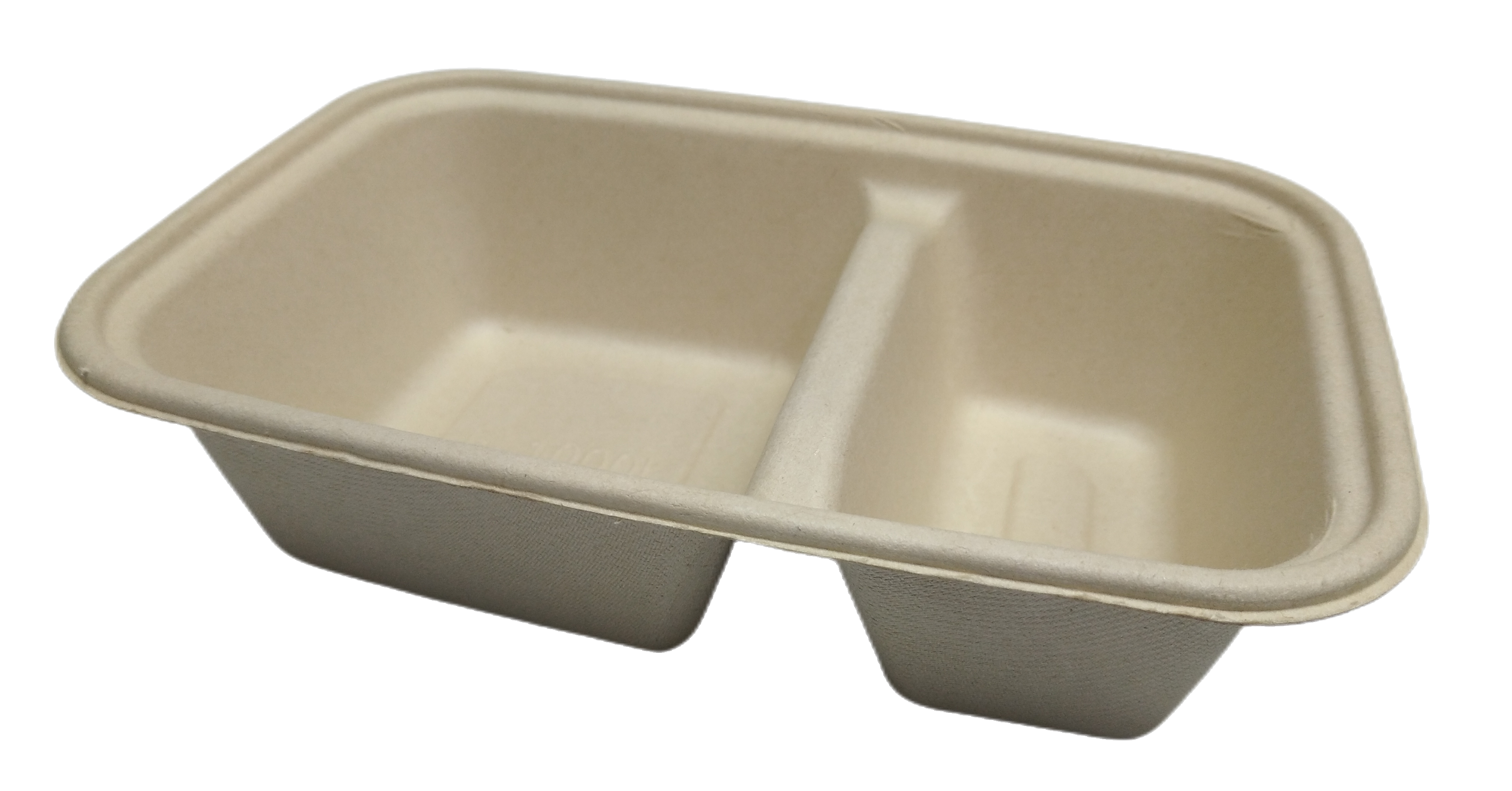Similar Posts
bagasse cutlery Factory good
The Benefits of Using Bagasse Cutlery in Your Restaurant or Catering Business Using bagasse cutlery in your restaurant or catering business offers numerous benefits. Firstly, bagasse cutlery is made from sugarcane, a renewable resource, making it an environmentally friendly choice. This type of cutlery is also biodegradable, meaning it can be disposed of without harming…
biodegradable packaging with seeds
Exploring the Benefits of Biodegradable Packaging with Seeds: How It Can Help the Environment Biodegradable packaging with seeds is a revolutionary concept that has the potential to help the environment in a number of ways. This type of packaging is made from natural materials such as paper, cardboard, and plant-based plastics, and it contains seeds…
Walmart bagasse tableware products distributor
The Benefits of Choosing Walmart Bagasse Tableware Products for Your Business. If you’re looking for a great way to make your business stand out, then you should consider using Walmart Bagasse Tableware products. Not only are these products eco-friendly, but they also offer a number of benefits that make them a great choice for any…
bagasse plate Manufacturer best price
Bagasse Plates: Finding the Best Manufacturer at the Best Price When it comes to finding the best manufacturer of bagasse plates at the best price, it pays to do your research. I recently had the opportunity to purchase bagasse plates for a large event, and I was determined to find the best deal. After doing…
compostable packaging recycling
Compostable Packaging: A Sustainable Solution for Recycling Compostable packaging is a sustainable solution for recycling that is gaining traction in the world of sustainability. It is a great way to reduce the amount of waste that ends up in landfills and to help the environment. I recently had the opportunity to visit a local restaurant…
bagasse tableware Supplier
The Benefits of Choosing a Bagasse Tableware Supplier Choosing a bagasse tableware supplier can provide numerous benefits for businesses and individuals. Bagasse tableware is a sustainable and eco-friendly alternative to traditional plastic and paper disposables. It is made from the fibrous residue of sugarcane, which is a renewable resource. The first benefit of choosing a…
